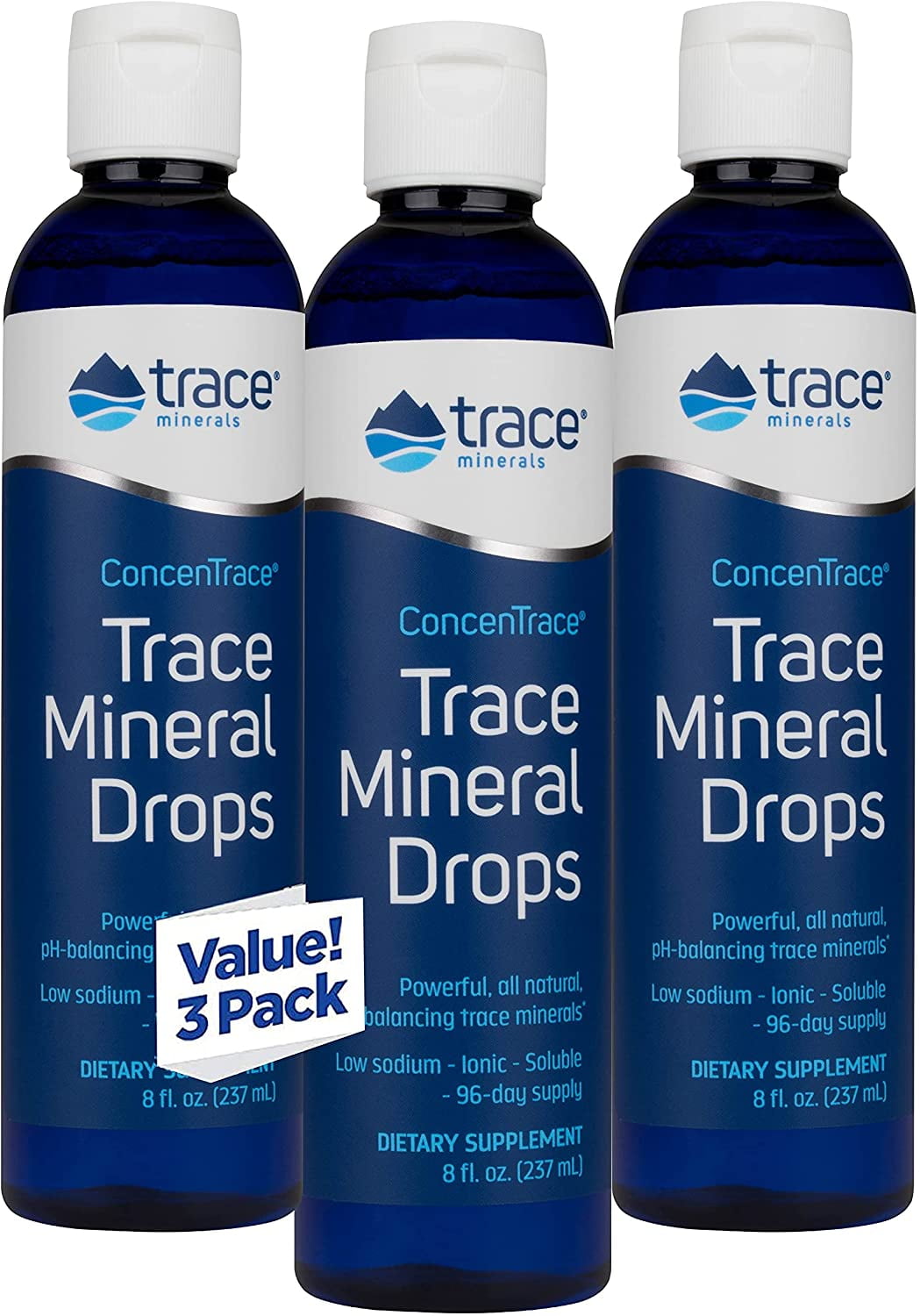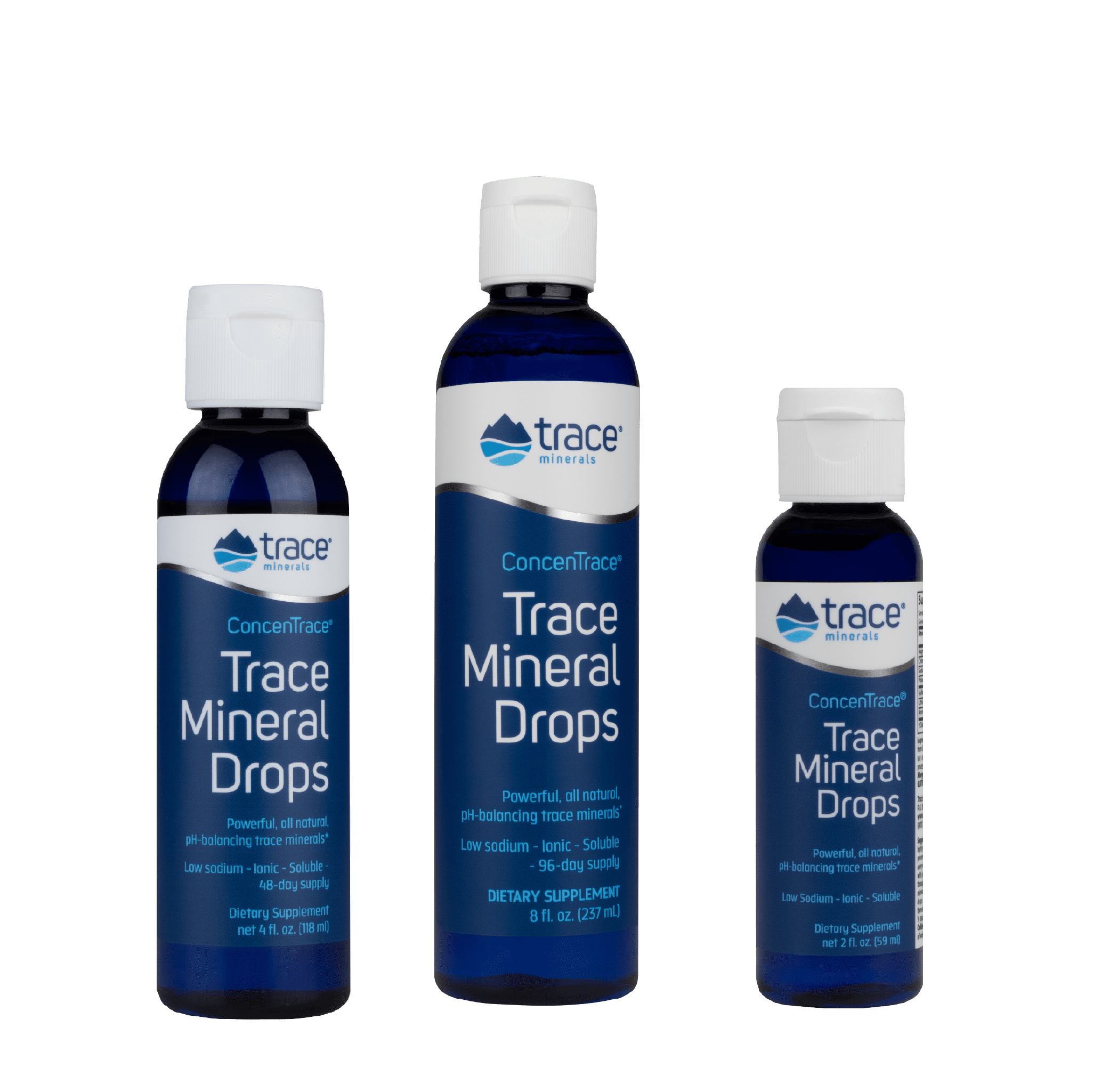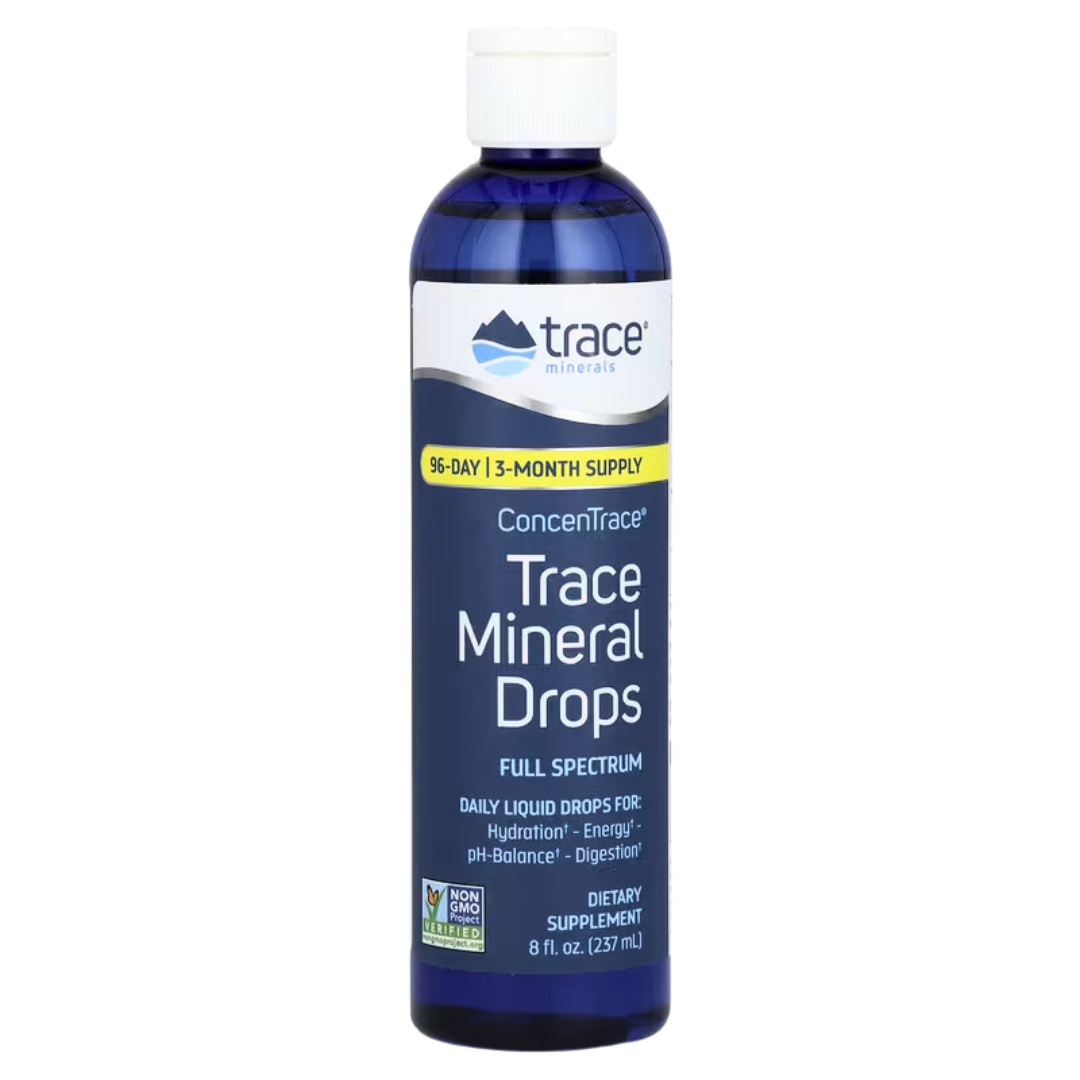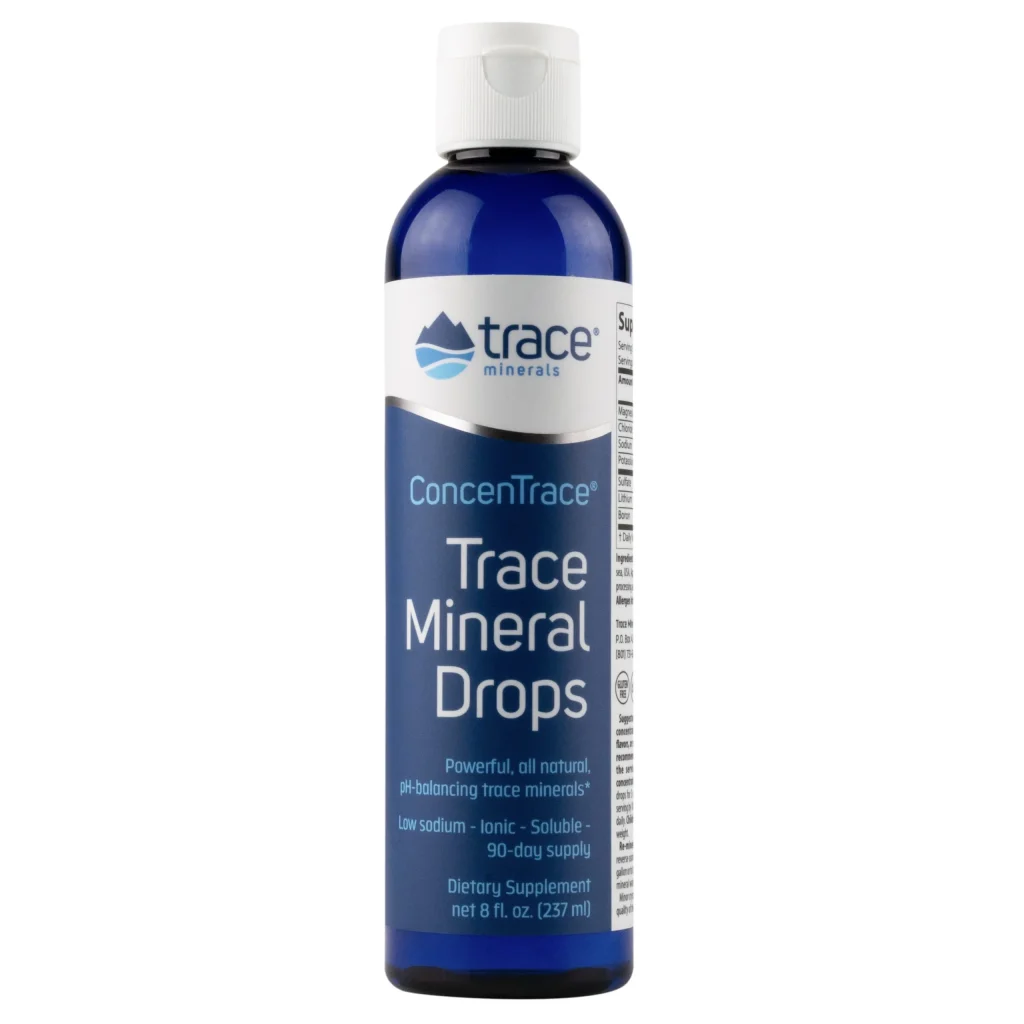Trace Mineral Drops How To Use

In a world increasingly focused on wellness and optimizing bodily functions, trace mineral drops have emerged as a popular supplement. Proponents claim these concentrated solutions offer a simple way to replenish essential minerals often lacking in modern diets, promising a range of benefits from boosted energy levels to improved hydration. However, amidst the enthusiasm, questions remain about their efficacy, proper usage, and potential risks.
This article delves into the world of trace mineral drops, providing a comprehensive guide on how to use them effectively and safely. We’ll explore what they are, their purported benefits, and, most importantly, how to integrate them into your daily routine. Drawing on scientific literature, expert opinions, and established guidelines, we aim to equip you with the knowledge necessary to make informed decisions about this increasingly prevalent supplement.
Understanding Trace Mineral Drops
Trace mineral drops are concentrated liquid supplements derived from various sources, including seawater, mineral-rich clay, and brine lakes. They contain a variety of essential minerals, such as zinc, selenium, copper, chromium, and iodine, albeit in trace amounts. The goal is to provide minerals that may be deficient in the typical diet, especially in those who consume processed foods or have specific dietary restrictions.
Different brands offer varying mineral compositions and concentrations, so it's crucial to carefully review the product label. Some may contain a wider spectrum of minerals than others, while others may focus on specific mineral combinations. The source and extraction method also play a role in the quality and purity of the final product.
Potential Benefits: Fact vs. Fiction
Advocates of trace mineral drops tout a variety of potential health benefits. These often include improved hydration, enhanced energy levels, better nutrient absorption, and support for various bodily functions.
While some of these claims are supported by the established roles of individual trace minerals in human health, it's important to distinguish between anecdotal evidence and rigorous scientific research. For example, zinc is known to support immune function, while selenium is crucial for thyroid hormone production. However, whether trace mineral drops effectively deliver these benefits, especially for individuals who are not already deficient, is a subject of ongoing debate.
Some studies suggest that mineral supplementation, in general, can be beneficial for specific populations, such as athletes or individuals with certain medical conditions. However, more research is needed to specifically evaluate the efficacy of trace mineral drops and determine the optimal dosage and duration of use.
How to Use Trace Mineral Drops Safely and Effectively
Before incorporating trace mineral drops into your routine, consult with a healthcare professional. This is particularly important if you have any underlying health conditions, are taking medications, or are pregnant or breastfeeding. A doctor or registered dietitian can help you determine if trace mineral drops are appropriate for you and advise on the correct dosage.
Dosage: Start with a low dose and gradually increase it as directed on the product label. Most brands recommend adding a few drops to water, juice, or other beverages. Pay close attention to the recommended daily intake for each mineral to avoid exceeding safe upper limits.
Timing: Trace mineral drops can be taken at any time of day, but some people prefer to take them with meals to improve absorption. Experiment to see what works best for you. Consistency is key to experiencing any potential benefits.
Dilution: Always dilute trace mineral drops in water or another beverage. Consuming them undiluted can cause irritation to the mouth and throat.
Water Quality: Consider the quality of the water you're using to dilute the drops. Filtered or purified water is generally recommended to avoid introducing additional contaminants.
Potential Side Effects and Risks
While generally considered safe when used as directed, trace mineral drops can cause side effects in some individuals. These may include digestive upset, nausea, or changes in bowel habits.
Excessive intake of certain minerals can lead to toxicity. For example, too much iron can cause liver damage, while excessive selenium can lead to hair loss and neurological problems. Be mindful of the total mineral intake from all sources, including food, supplements, and fortified products.
Drug Interactions: Trace minerals can interact with certain medications. For example, zinc can interfere with the absorption of some antibiotics. Be sure to inform your doctor about all supplements you are taking.
Choosing the Right Product
The market for trace mineral drops is saturated with numerous brands, making it challenging to choose the right product. Look for reputable manufacturers that follow good manufacturing practices (GMP) and conduct third-party testing to ensure purity and potency. Read reviews and compare product labels carefully.
Consider the mineral composition and concentration of each product. Select a product that aligns with your specific needs and dietary requirements. If you have a known mineral deficiency, choose a product that addresses that specific need.
Be wary of products that make exaggerated claims or promise miracle cures. Remember that trace mineral drops are supplements, not replacements for a healthy diet and lifestyle. Focus on a balanced diet rich in whole foods and consult with a healthcare professional before adding any supplements to your routine.
The Future of Trace Mineral Supplementation
Research into the role of trace minerals in human health is ongoing. As scientists continue to unravel the complex interactions between minerals and bodily functions, we may gain a better understanding of the potential benefits of trace mineral supplementation.
Personalized nutrition is an emerging trend that could influence the future of trace mineral supplementation. In the future, individuals may be able to undergo testing to identify specific mineral deficiencies and receive tailored recommendations for supplementation. However, it is not yet possible to get a comprehensive or fully accurate mineral level through any currently available test.
For now, a balanced and varied diet, along with informed and cautious use of supplements when necessary, remains the best approach. Always consult with a healthcare professional before making significant changes to your diet or supplement regimen.


















